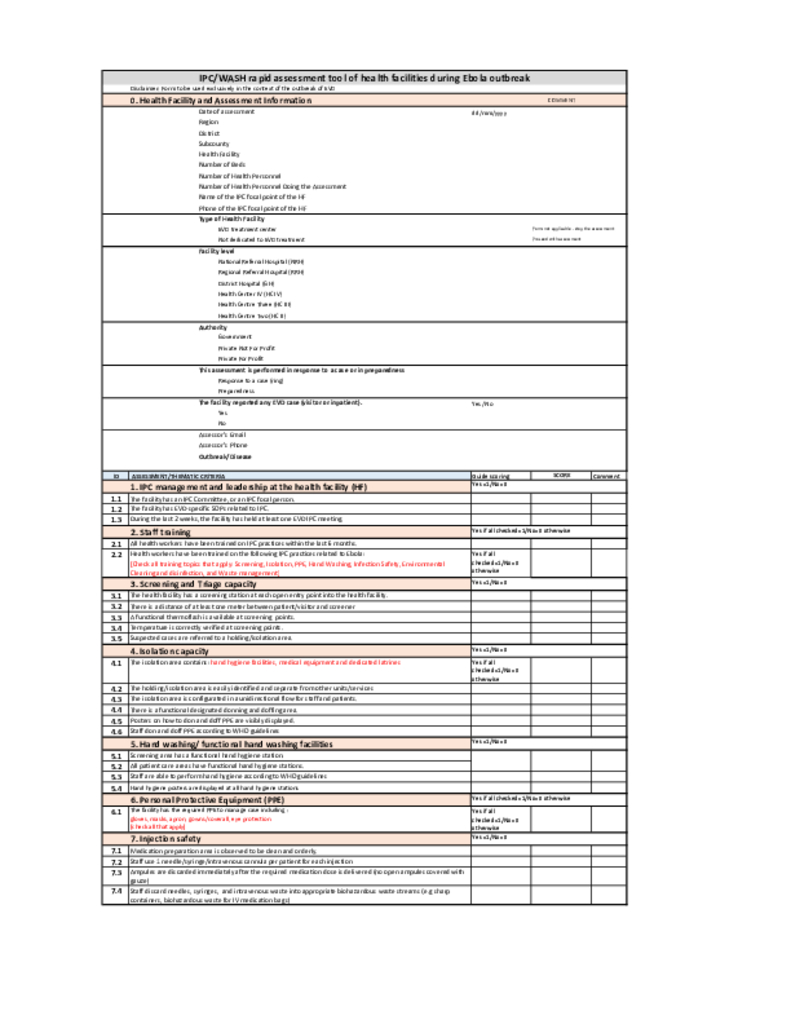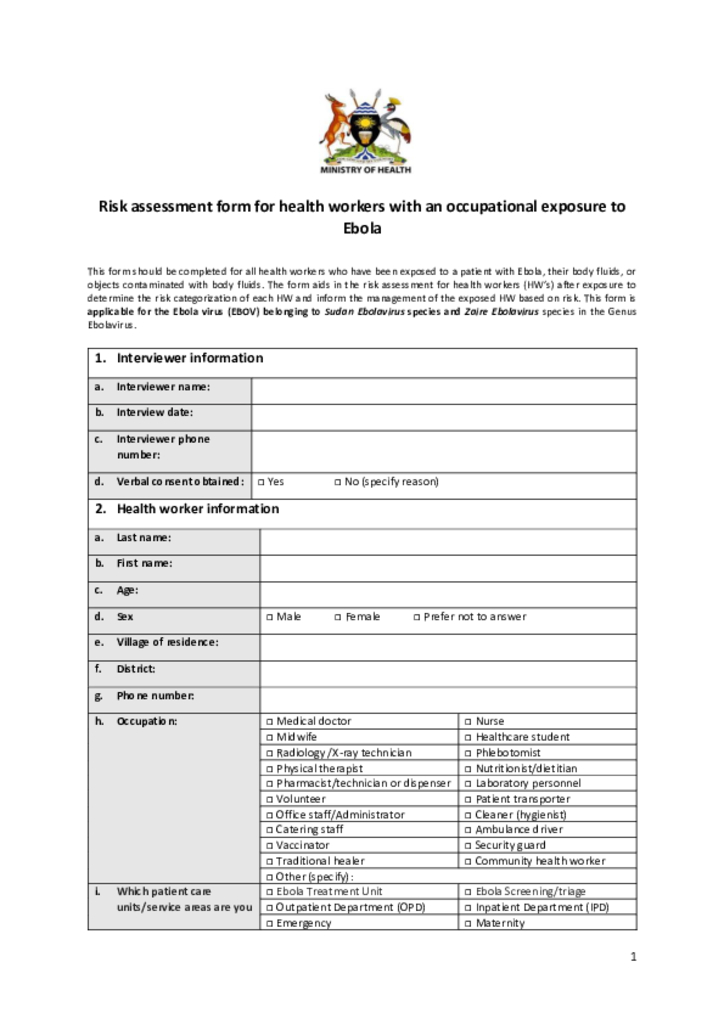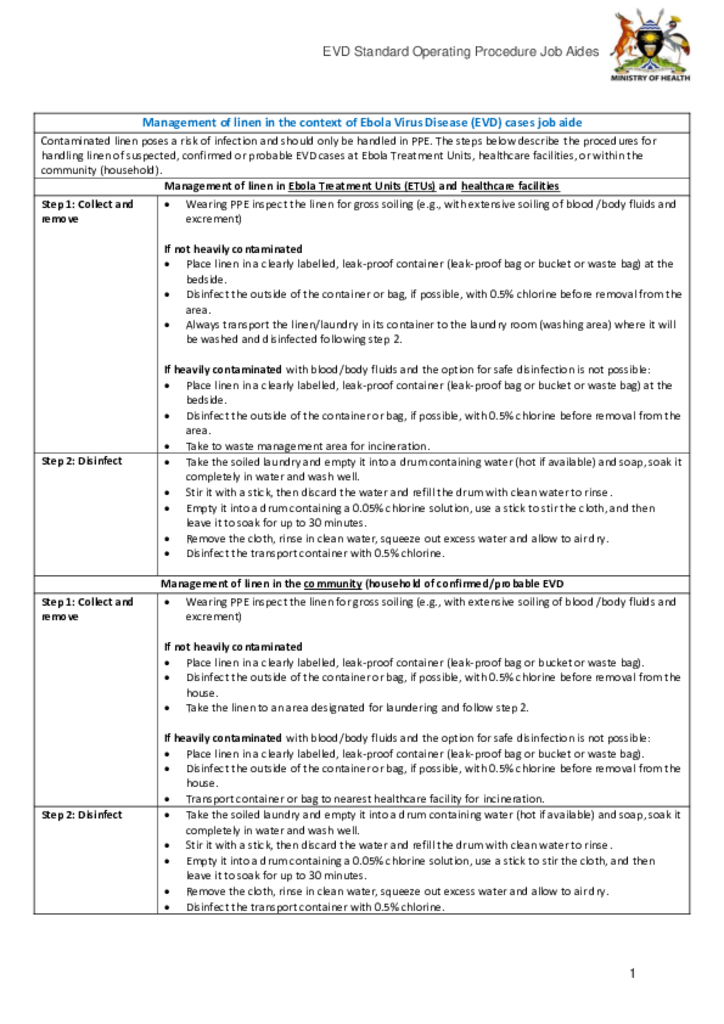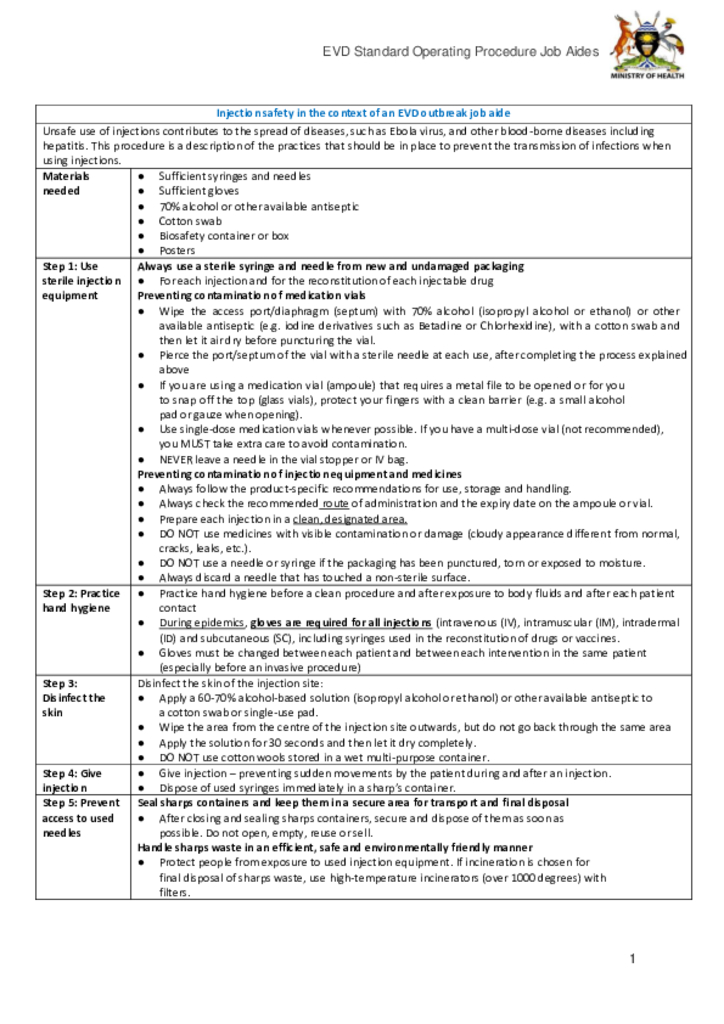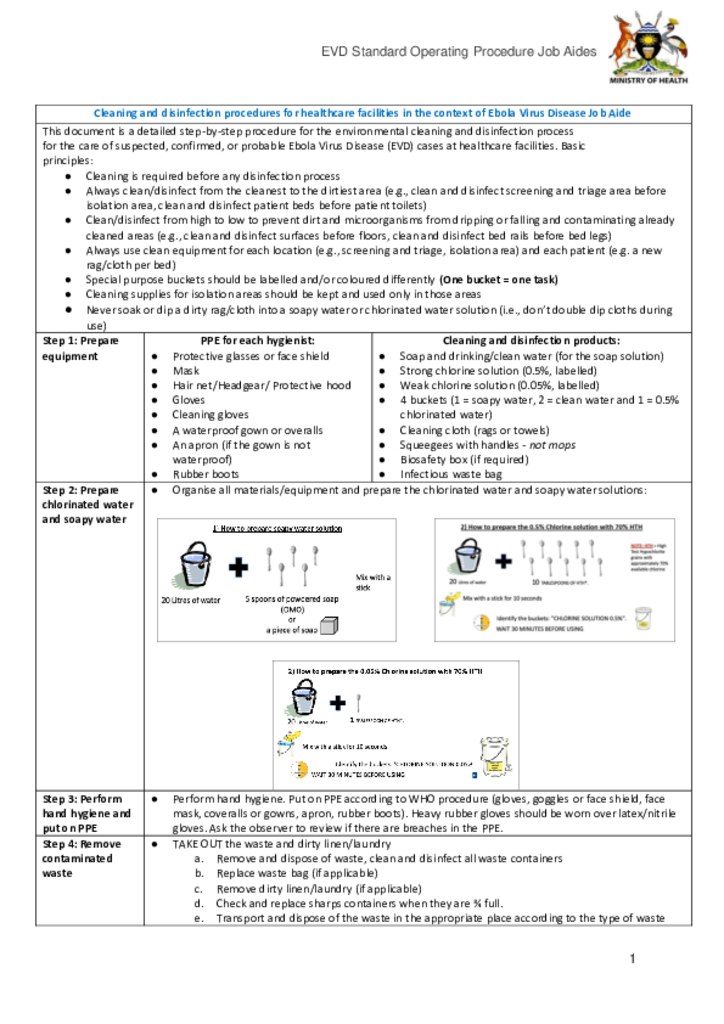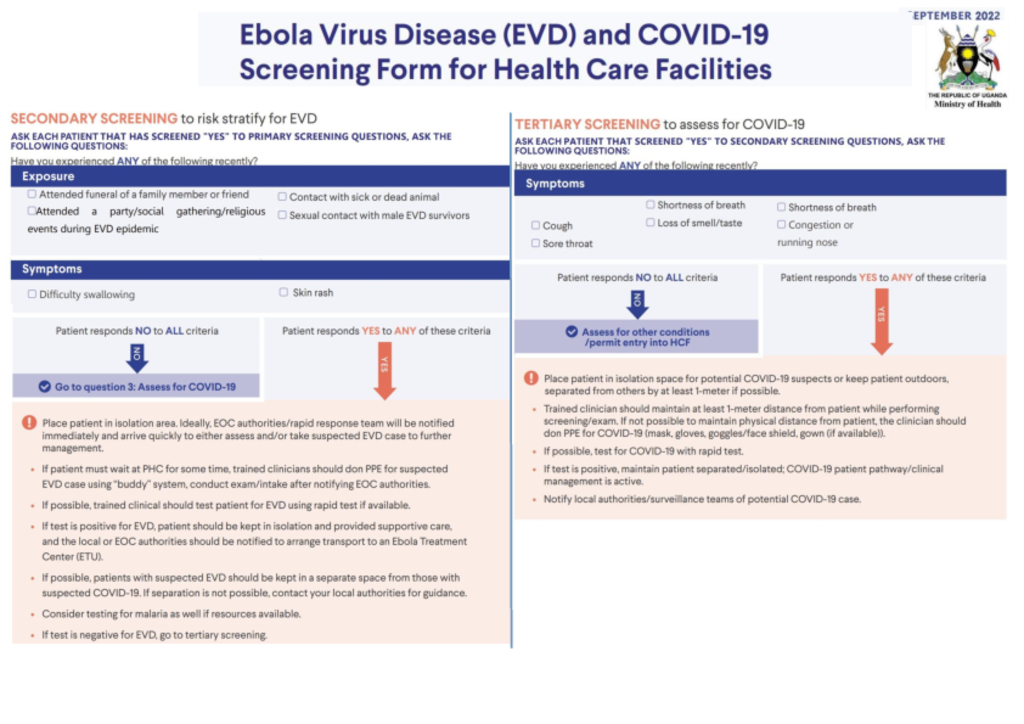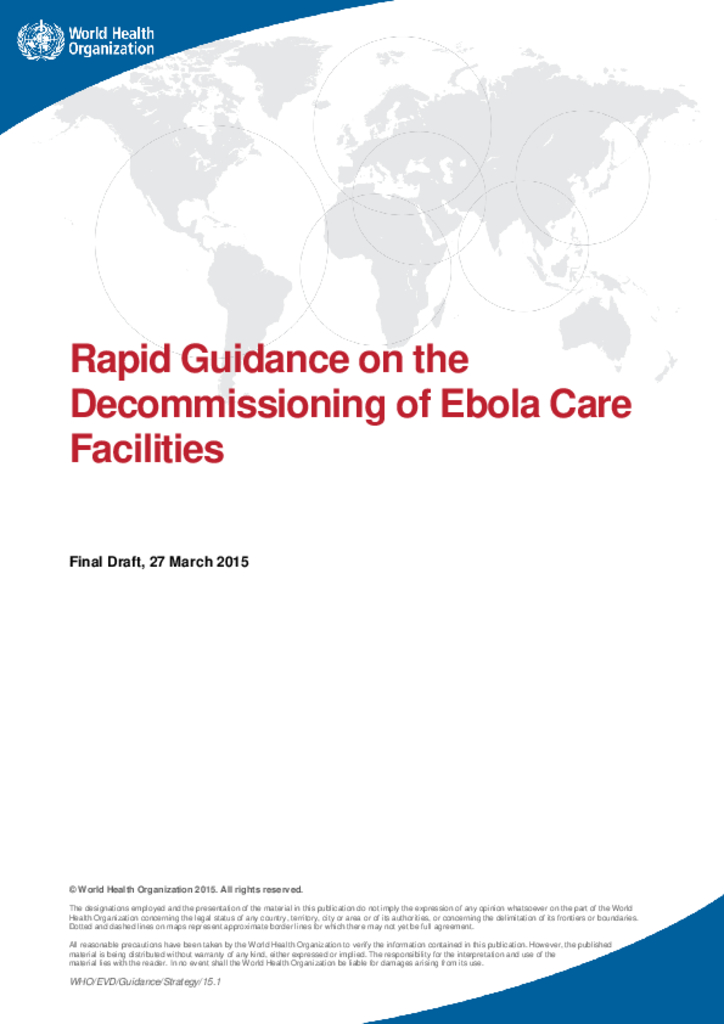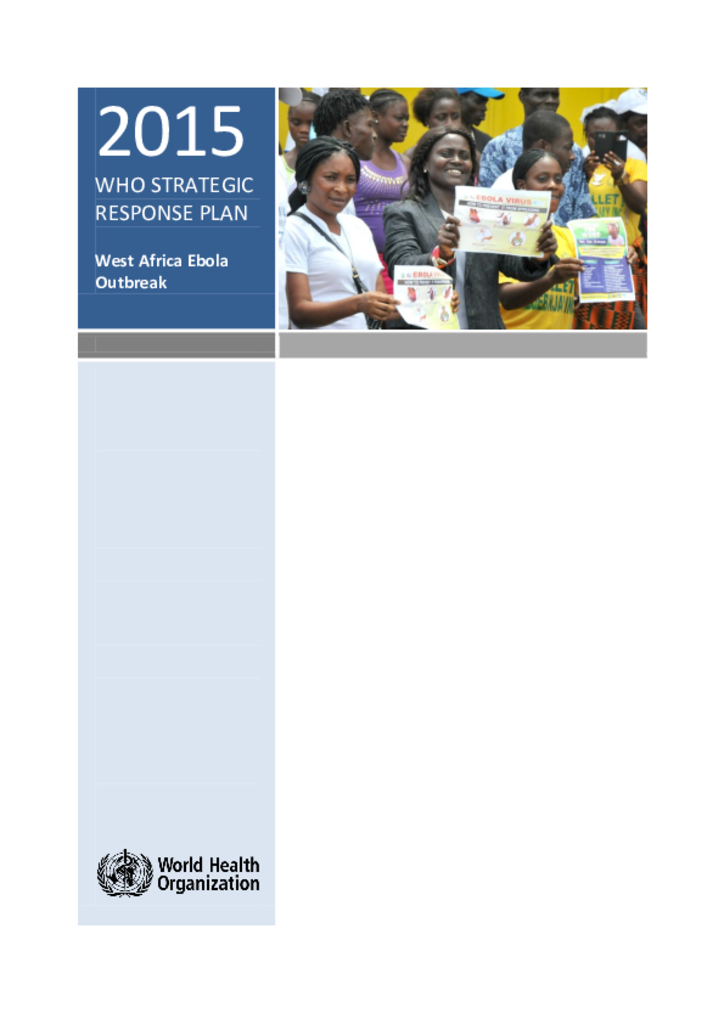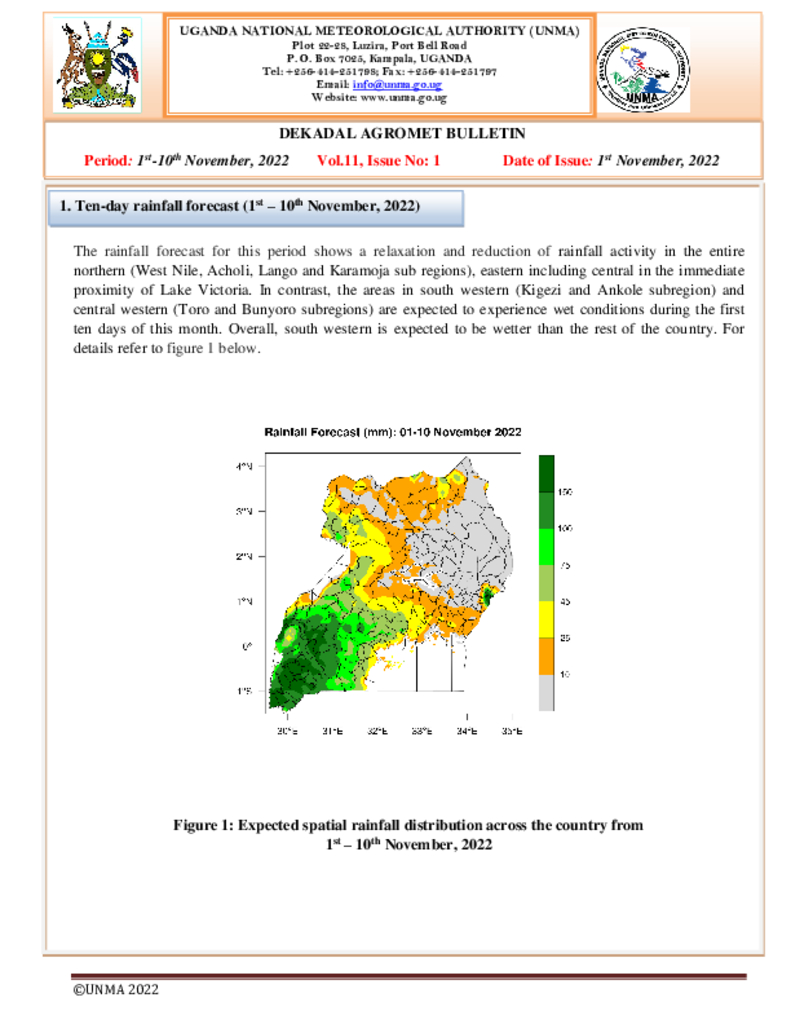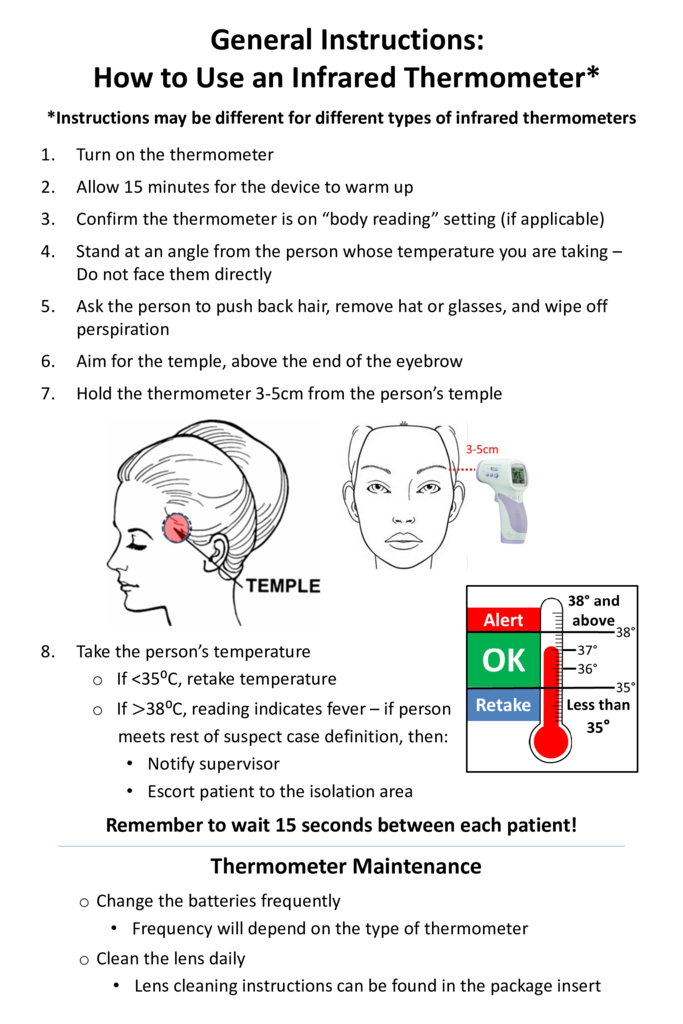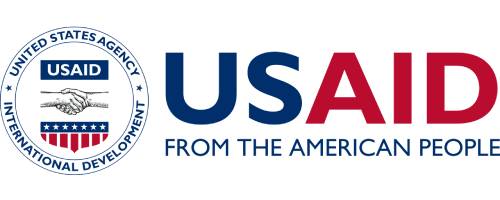This job aide is a step-by-step procedure to guide the assessment of the health facility during response to a case or in preparedness. Form to be used exclusively in the context of the outbreak of Ebola Virus Disease (EVD).
This form should be completed for all health workers who have been exposed to a patient with Ebola, their body fluids, or objects contaminated with body fluids. The form aids in the risk assessment for health workers (HW’s) after exposure to determine the risk categorization of each HW and inform the management of the exposed HW based on risk. This form is applicable for the Ebola virus (EBOV) belonging to Sudan Ebolavirus species and Zaire Ebolavirus species in the Genus Ebolavirus.
The job aide is a step-by-step procedure of handling linen of suspected, confirmed or probable EVD cases at Ebola Treatment Units, healthcare facilities, or within the community (household). Contaminated linen poses a risk of infection and should only be handled in PPE.
This job aide is a description of the practices that should be in place to prevent the transmission of infections when using injections.
This document is a detailed step-by-step procedure for the environmental cleaning and disinfection process for the care of suspected, confirmed, or probable Ebola Virus Disease (EVD) cases at healthcare facilities.
Primary Screening is to assess potential EVD symptoms before entering a health facility.
EVD Secondary and Tertiary Screening is used to carry out further assessment for potential symptoms of EVD and COVID-19, before accessing the health care facility.
The World Health Organization (WHO) has developed this rapid guidance document in close collaboration with the Governments of Guinea, Liberia and Sierra Leone; the Centers for Disease Control and Prevention (CDC), Atlanta, USA; the Infection Control Africa Network (ICAN); and the United Nations Children’s Fund (UNICEF). This document has been endorsed by the Governments of Liberia and Sierra Leone and is currently under review by the Government of Guinea. The information contained in this document is based on current evidence and expert opinion.
"Ebola threatens everything that makes us human," says Bruce Aylward of World Health Organisation. With calm measure, Bruce walks us through how the Ebola epidemic exploded.
In August 2014, WHO drafted the Ebola Response Roadmap to set out the core strategy for stopping this unprecedented outbreak and to provide the basis for a significantly increased response. This was the basis for the UN system’s Overview of Needs and Requirements (ONR) and STEPP Strategy that followed. These were designed to assist governments and partners in the revision and resourcing of country-specific operational plans for the Ebola response, and to aid the coordination of international support to fully implement those plans.
Agromet Bulletin is prepared and disseminated by the National Meteorological Agency (NMA), to provide agricultural sectors and related disciplines with the current weather situation in relation to agricultural practices. The information contained in the bulletin, are believed to assist planners, decision makers and the farmers at large, in minimizing risks, increase efficiency and maximize yield.
General Instructions on how to Use an Infrared Thermometer.
